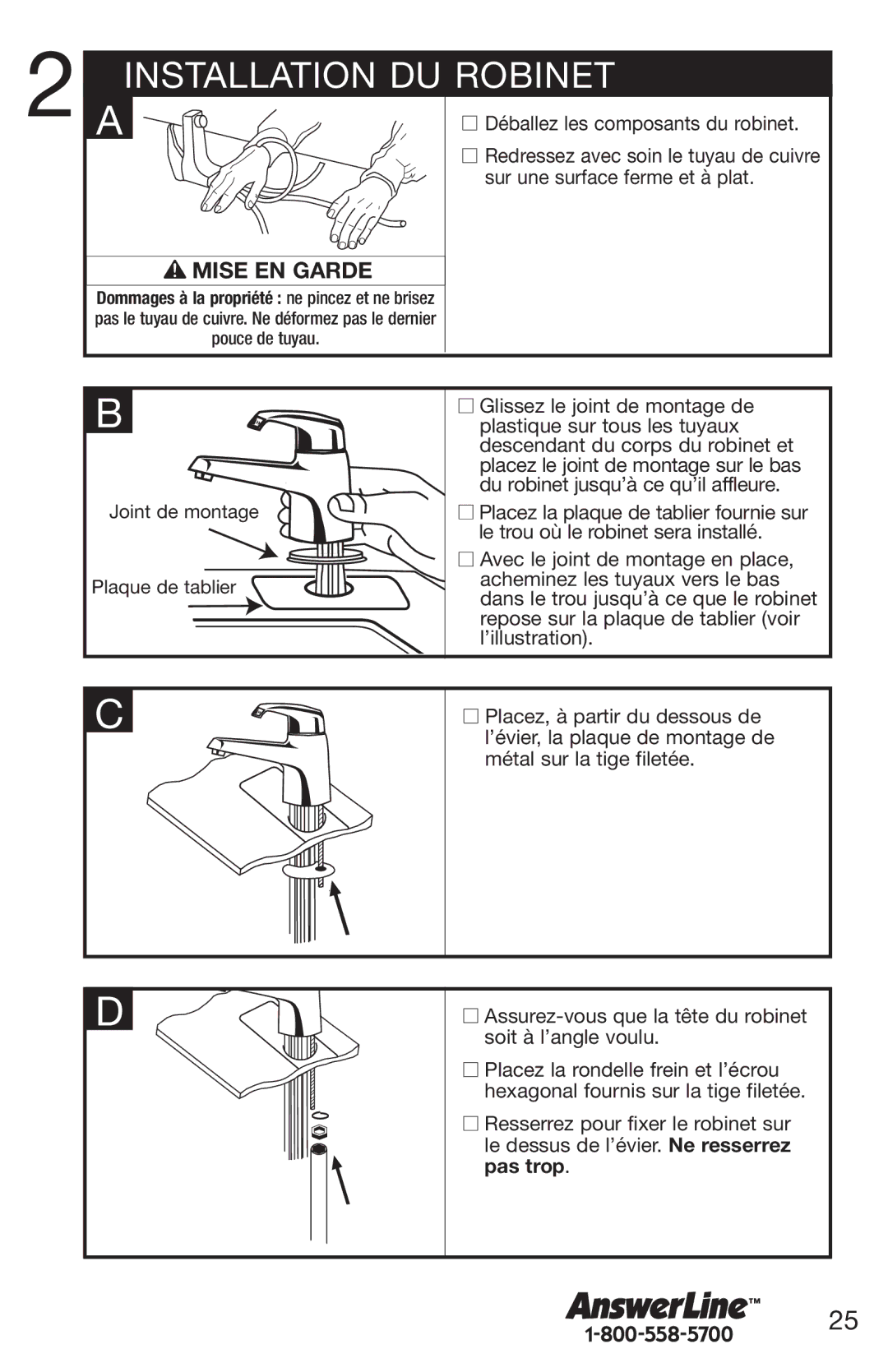UW, UWL specifications
Emerson's Ultrasonic Wireless (UW) and Ultrasonic Wireless Level (UWL) technologies are at the forefront of level measurement solutions for various industries. These advanced systems are designed to optimize operations in challenging environments, ensuring high accuracy and reliability in tank level monitoring and other critical applications.One of the main features of Emerson UW technology is its ability to provide real-time, continuous level measurement without the need for physical contact with the medium being measured. This non-contact approach significantly reduces the risk of contamination and provides a longer lifespan for the equipment. The ultrasonic sensors emit high-frequency sound waves that reflect off the surface of the liquid, allowing for precise distance measurement and, consequently, accurate level readings.
The UWL variant specifically enhances this functionality by integrating wireless communication capabilities. This allows for seamless data transmission to central control systems or cloud-based platforms, facilitating remote monitoring and management. The result is improved operational efficiency, as operators can make informed decisions based on real-time data from anywhere.
Another characteristic that sets Emerson UW and UWL technologies apart is their adaptability to various environmental conditions. The sensors are designed to withstand extreme temperatures and pressures, making them suitable for a wide range of industries, including oil and gas, water and wastewater, and chemicals. Additionally, the devices feature robust housing that protects them from dust, moisture, and other potential contaminants.
Moreover, Emerson's solutions incorporate advanced algorithms that compensate for variables such as temperature fluctuations and vapor or foam on the liquid surface. This enhances measurement accuracy and minimizes the likelihood of erroneous readings, which is crucial in process industries where precise level data is essential for safety and efficiency.
Emerson's commitment to innovation is evident in its ongoing development of these technologies. The integration of IoT capabilities further enhances the functionality of UW and UWL systems, enabling predictive maintenance, trend analysis, and integration with broader asset management strategies. This not only reduces operational costs but also increases the overall safety of the facility.
In conclusion, Emerson's UW and UWL technologies present a robust solution for level measurement, characterized by their non-contact sensing capabilities, wireless communication, and adaptability to harsh environments. As industries continue to evolve, these innovative systems will play a vital role in enhancing efficiency, safety, and operational excellence.

